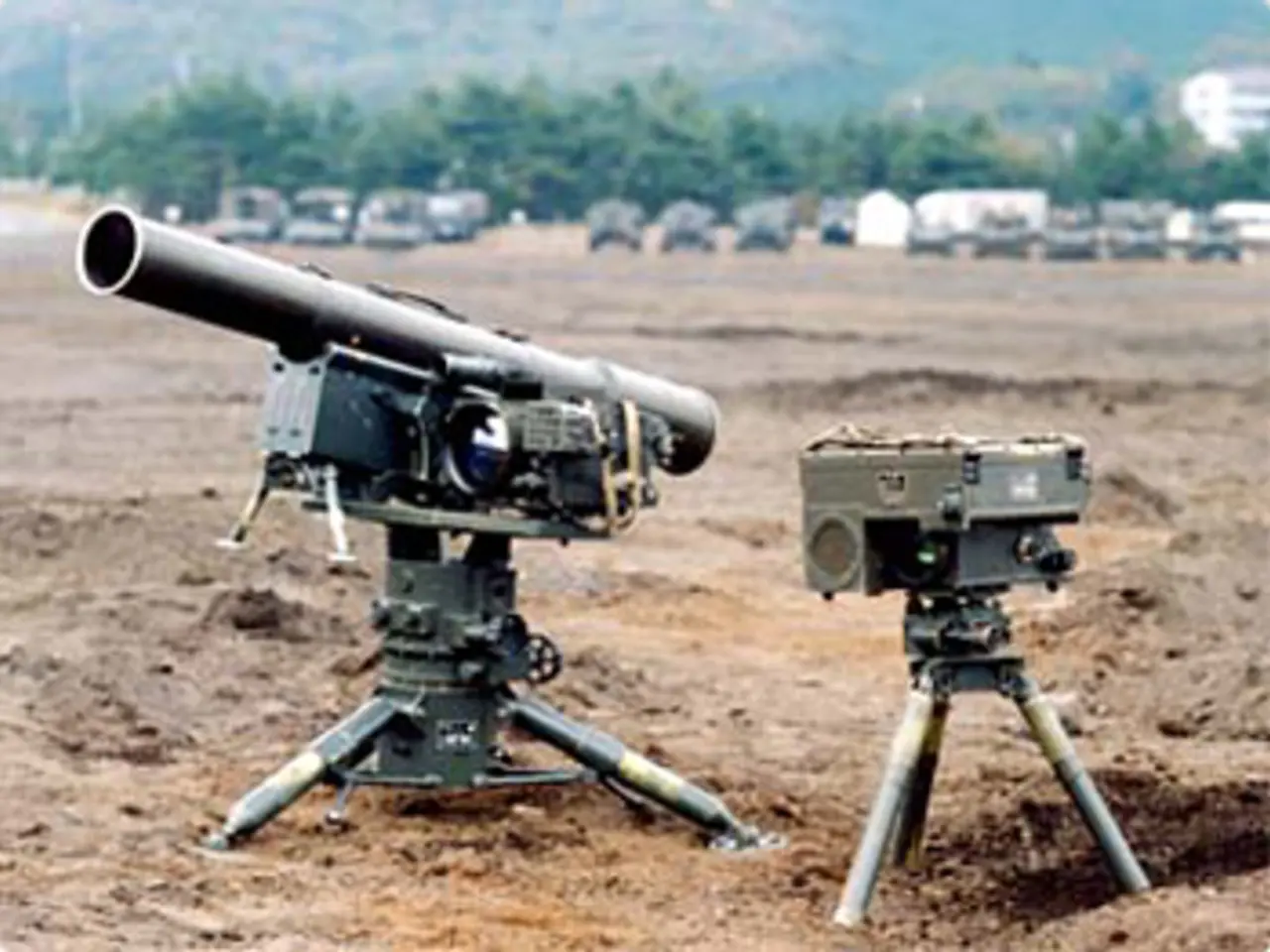IAEA Discloses Blasts Near ZAES Site
The Zaporizhzhia Nuclear Power Plant (ZNPP) in Ukraine, under Russian control since March 2022, has been the site of repeated military attacks in recent weeks. On August 2, 2025, the International Atomic Energy Agency (IAEA) team at the plant reported hearing explosions and observing smoke from an auxiliary facility located approximately 1.2 kilometers from the plant’s perimeter, which was hit by shelling and drone strikes [1][2][3].
The IAEA and its chief, Rafael Grossi, have emphasized that any attacks near the nuclear plant pose significant nuclear safety risks and have called for maximum military restraint to prevent a potential nuclear accident [1][2]. The plant remains at risk partly because it relies on a single external power line for essential safety functions, down from ten before the conflict, making it vulnerable to power loss which would force reliance on backup diesel generators [2].
The attack on the auxiliary facility is not the first incident of its kind. On July 13, Ukrainian servicemen struck the training and simulation center of the ZNPP, causing damage, but the exact nature and extent are unknown [4][5]. This center houses the world's only full-scale reactor hall simulator. As a result of this attack, seven civilian cars parked on the car park were damaged. The fire occurred near a heat pipeline, but the extent of the damage is unknown [4].
The IAEA team's understanding of these incidents is based on statements released on the organization's website [1][4]. The latest information as of early August 2025 indicates ongoing military attacks near the ZNPP, heightening fears of a nuclear disaster. The situation has led to global and European concern with emergency teams monitoring the plant closely [2][4]. Similar tensions and security risks have been reported at other Ukrainian nuclear plants and at Chernobyl [2].
The IAEA has repeatedly stressed the need for parties involved to ensure the safety and security of the ZNPP. The organization's statement regarding the incident at the ZNPP is available on its website [1][4]. The ongoing attacks near the ZNPP underscore the urgent calls for restraint to prevent a potential nuclear accident.
References:
[1] International Atomic Energy Agency (IAEA). (2025, August 2). Statement by IAEA Director General Rafael Mariano Grossi on the situation at the Zaporizhzhia Nuclear Power Plant. Retrieved from https://www.iaea.org/newscenter/statements/statement-by-iaea-director-general-rafael-mariano-grossi-on-the-situation-at-the-zaporizhzhia-nuclear-power-plant
[2] BBC News. (2025, August 3). Zaporizhzhia nuclear plant hit by shelling and drone strikes. Retrieved from https://www.bbc.co.uk/news/world-europe-58117475
[3] Reuters. (2025, August 2). IAEA team hears explosions near Zaporizhzhia nuclear plant -sources. Retrieved from https://www.reuters.com/world/europe/iaea-team-hears-explosions-near-zaporizhzhia-nuclear-plant-sources-2025-08-02/
[4] CNN. (2025, August 3). Zaporizhzhia nuclear plant hit by shelling and drone strikes. Retrieved from https://edition.cnn.com/2025/08/03/europe/ukraine-zaporizhzhia-nuclear-plant-attack-intl/index.html
- The ongoing military attacks near the Zaporizhzhia Nuclear Power Plant in Ukraine, including the incident at an auxiliary facility on August 2, 2025, have raised significant concerns within the realm of environmental science, as they pose NUCLEAR SAFETY RISKS that could potentially lead to a nuclear disaster.
- The heightened tension and incidences of attacks, not only at the ZNPP but also at other Ukrainian nuclear plants and at Chernobyl, have become a matter of GENERAL NEWS and political discussions, with global and European leaders expressing their concern over the situation.
- The International Atomic Energy Agency (IAEA) has repeatedly emphasized the urgent need for WAR AND CONFLICTS to cease near the ZNPP, stressing that any military activity in the vicinity of the nuclear plant could lead to CLIMATE-CHANGE-inducing nuclear disasters, acatastrophic events with wide-ranging environmental, political, and societal impacts.








